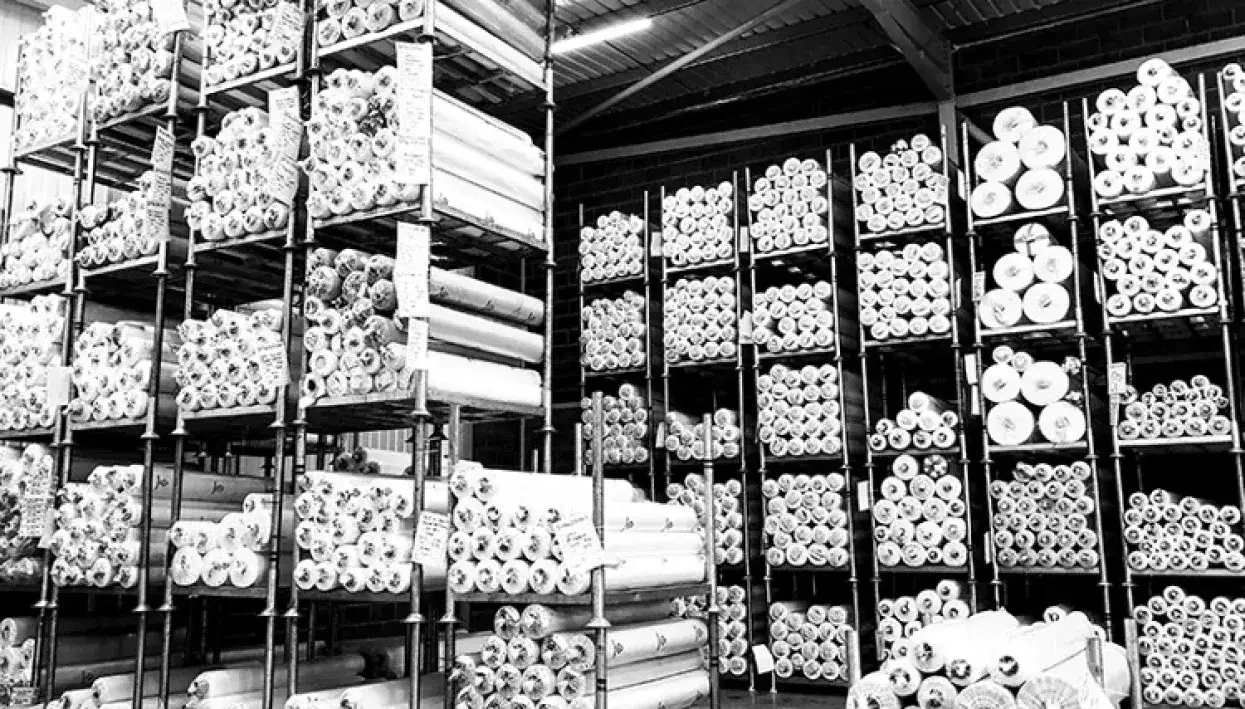Garment Printing
Sustainability
Textile Printing
Staying ahead with sustainable textiles
Author
FESPA Staff
Published Date
21/01/2022
Become a FESPA Member
to Continue Reading
